I grew up with many dogs and constantly asked my parents to foster any dog I found until the dogs had forever homes. My exposure to cats were limited to those I saw at the shelters. This all changed when I was given the honor of cat sitting when my friend left for Christmas vacation for a few weeks. I had to learn the basics of cat care fast to ensure that my friend would return to a happy home. I tried several cat toys and treats and finally came across catnip.
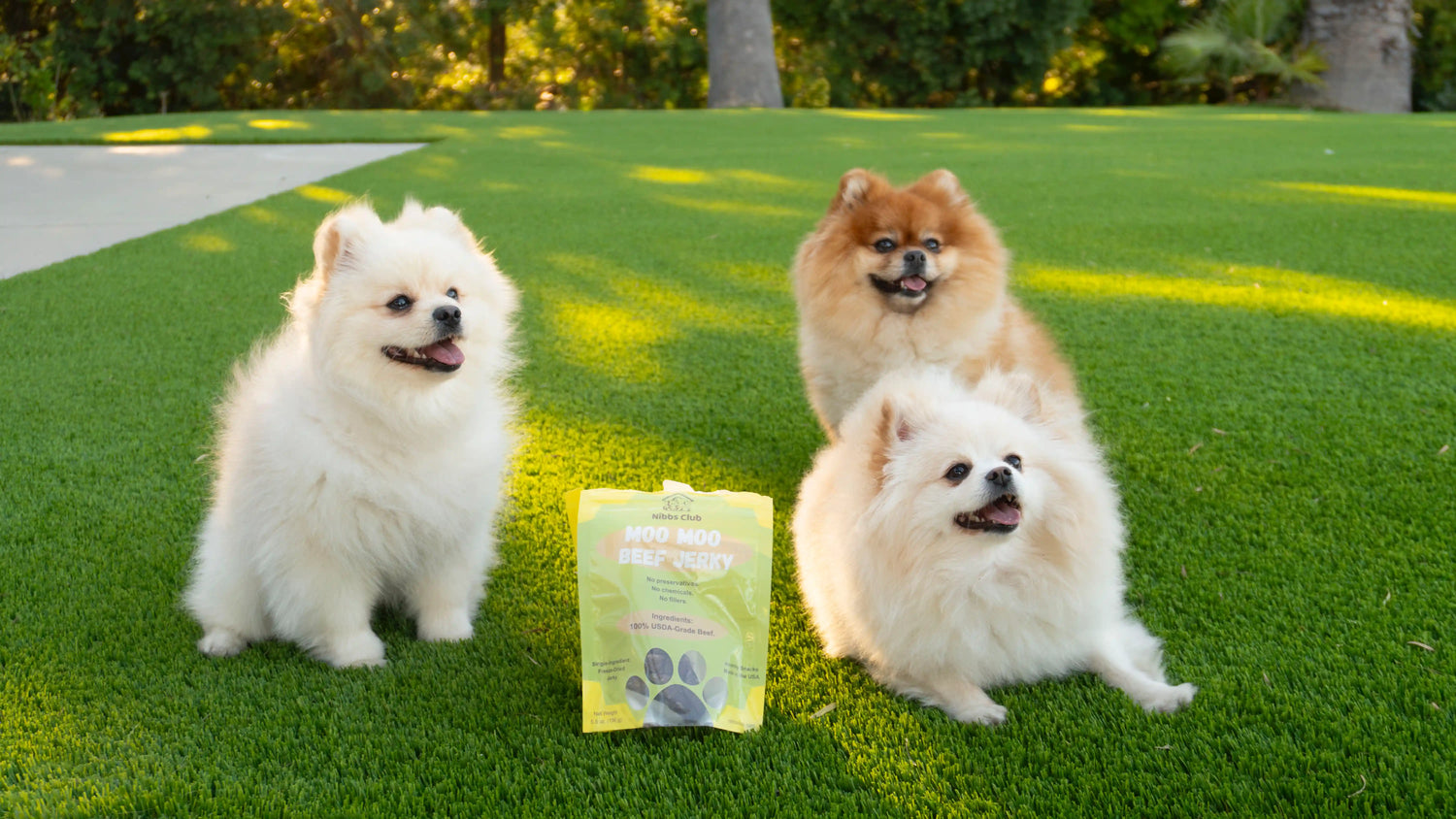
Dogs
Are Freeze-Dried Foods Good for Dogs and Cats?
When it comes to feeding our pets, most of us want the best balance of nutrition, convenience, and taste. Over the past few years, freeze-dried pet food has gained popularity among dog and cat owners, often touted as a premium, healthy option. But is freeze-dried food actually good for your furry friend? Let’s take a closer look.
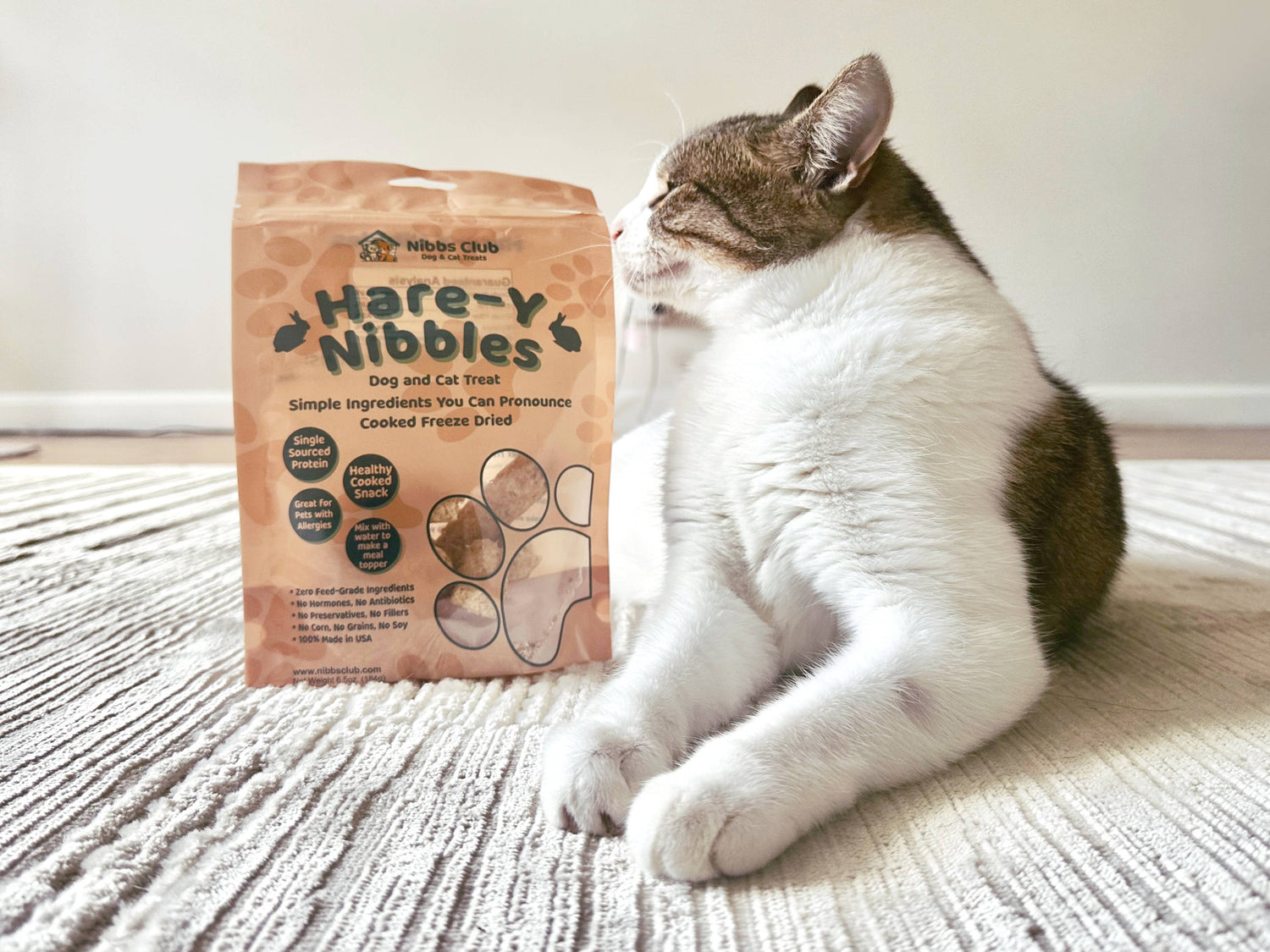
Cats
10 Things to Know About a Healthy Cat Diet
Cats are beloved members of many families around the world, and just like humans, they thrive on a proper diet. Ensuring your cat enjoys a balanced and nutritious diet can have a profound effect on their health, happiness, and longevity. Here are ten essential tips to keep in mind for feeding your feline friend.

Dogs
The Love Languages of Dogs: How Your Pup Shows Affection
This Valentine’s Day, celebrate the love of your most loyal companion—your dog! 🐶 From cuddles to toy gifts, every pup has a unique way of showing affection. Discover your dog’s love language and how to make them feel extra special—starting with a tail-wagging good meal!

Dogs
The Power of Probiotics: Why Your Dog Needs Them
What are probiotics? Learn more about the benefits of probiotics for dogs and discover our probiotic-rich dog food and treats which support digestion, immunity, and overall well-being. Give your pup the best foods to support a healthier, happier life!

Dogs
Do Dogs Get Seasonal Depression?
While dogs don’t experience depression in the same way humans do, many pet owners notice changes in their dogs' behavior during the winter months. Reduced daylight, colder weather, and changes in routine can all impact a dog’s mood. Read more to learn the signs that your pup might be feeling the seasonal blues.
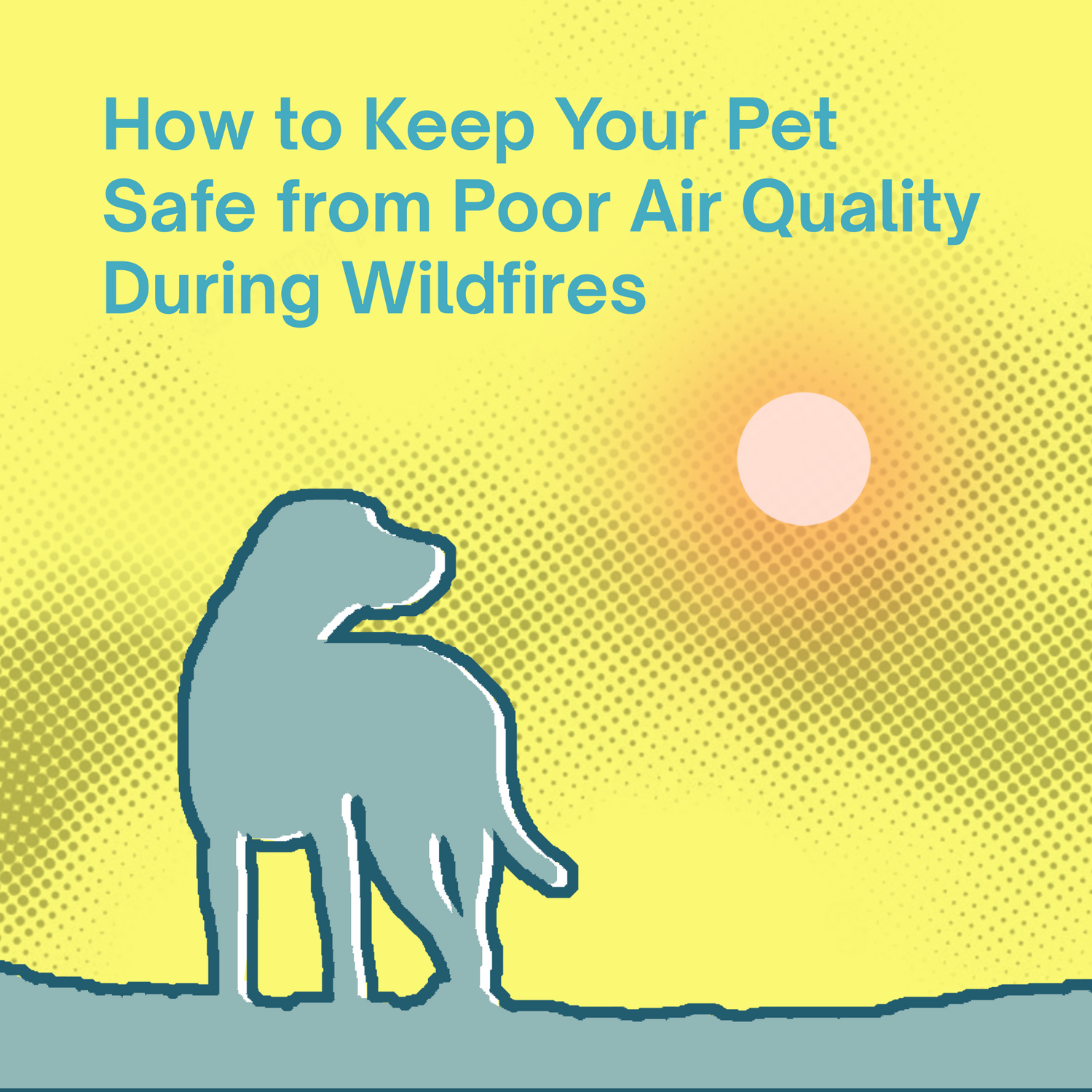
Dogs and Cats
How to Keep Your Pet Safe from Poor Air Quality During Wildfires
When wildfires strike, they don't just impact humans; our furry friends are also at risk. If you’re in an area affected by wildfire smoke, it’s crucial to prioritize your pet’s health and safety. Here’s a comprehensive guide on how to navigate changing air quality with your pet during events like the LA fires. This guide is primarily oriented toward dog parents as dogs require time outdoors, cat parents - we suggest following the indoor guidelines.

Dogs and Cats
How to Tell if My Pet is a Healthy Weight
Maintaining a healthy weight is crucial for your pet’s overall well-being. Pets that are underweight or overweight are at increased risk for various health issues, including joint problems, diabetes, and heart disease. But how can you determine if your furry friend is at a healthy weight? Here’s a guide to help you assess your pet’s condition and keep them in top shape.

Dogs and Cats
10 Things to Avoid Feeding Your Pets from the Holiday Table
The holidays are a time of joy, family gatherings, and of course, delicious food. But while you’re indulging in your festive feast, it’s important to remember that not all human foods are safe for your furry friends. Here are 10 foods to keep away from your pets this holiday season:
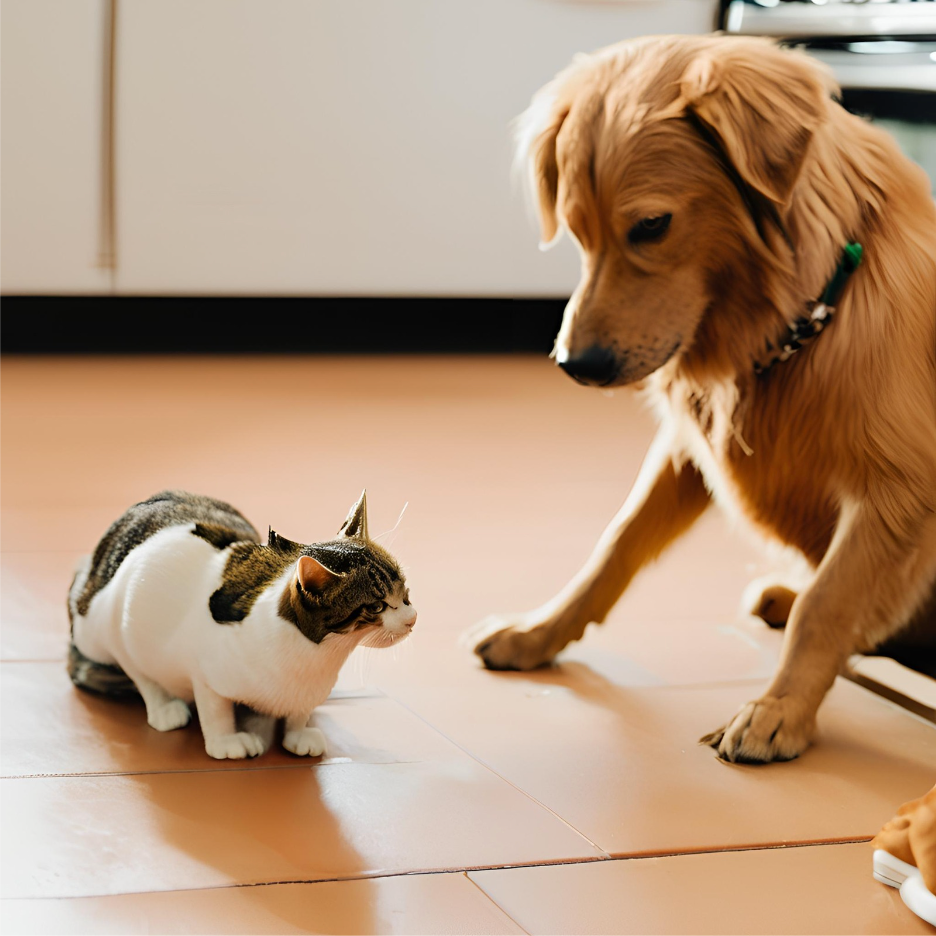
Dogs and Cats
The Physical Health Benefits of Having a Cat or Dog
If you’re a pet parent, you probably already know how much joy and companionship your furry friend brings to your life. But did you know that having a cat or dog can also improve your physical health? Science backs it up—our four-legged friends don’t just warm our hearts; they also keep our bodies healthier and stronger.

Dogs
What Does Dog Poop Say About My Dog’s Health? A Comprehensive Guide
Understanding your dog's health can sometimes be as simple as looking at their poop. This guide will delve into what your dog's stool can tell you about their overall well-being, from diet and digestion to potential health issues. Learn about the basics of dog poop and what different qualities may signal.

Dogs
The Effects of Diet Quality and Body Condition on Canine Cognitive Health
Are you curious about how to take care of your furry companion's cognitive health as they age? A recent study delved into potential risk factors for presumptive advanced canine cognitive dysfunction (pACCD), a disease akin to Alzheimer's disease in humans. The research revealed that both diet quality and body condition play a significant role in preventing cognitive dysfunction in senior dogs.
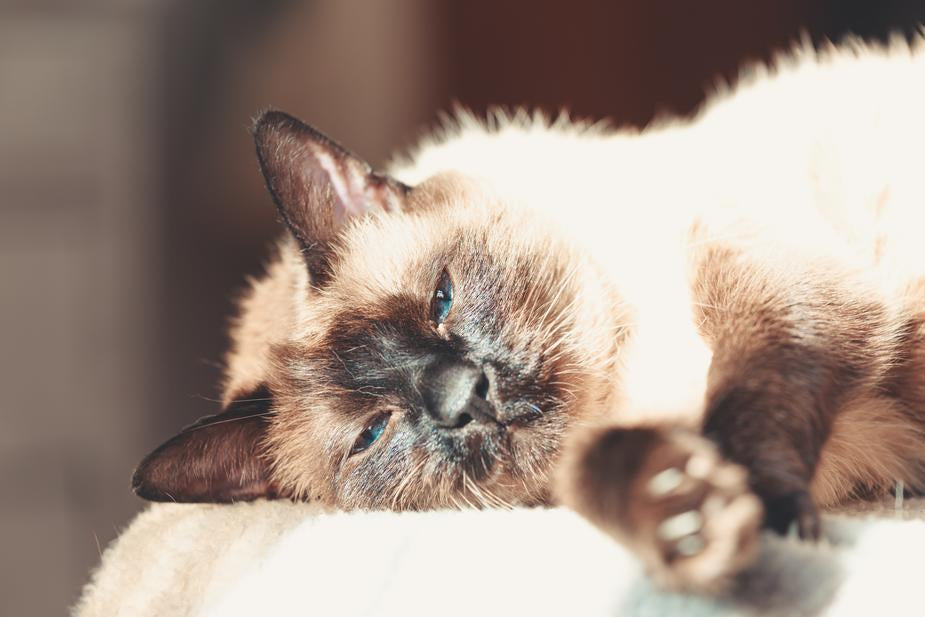
Cats
Obesity in Cats
Although it is nice to think our cats have nine lives, we don't have an unlimited amount of time with our furry best friends. The best we can do is extend and increase the quality of time with their only life with us. The extension of that life is through their health and well being. Obesity is the most common nutritional disease in cats.

All Pets
Popular Health Insurance and Wellness Plans for Dogs, Cats, and Other Pets
As if navigating nutrition for healthy pet food and snacks is not tricky enough, pet parents also have the weight of unforeseen events. In case the four-legged member of the family gets in an accident, swallows something they should not have or develops a mysterious illness, how do we ensure that our love bugs will get the best care without breaking the bank? Nibbs Club has compiled a list of popular pet insurance and memberships to give you an overview of options.

All Pets
Pet Parents Returning to Work
The pandemic was and still is globally uncertain times. However, for pets, they enjoyed quarantine with unlimited attention from their parents. For the many pets adopted during quarantine, they do not know life with their parents physically at work from 9am-5pm. But as quarantine is lifting, many pet parents will need to get out of pajamas and go into work for at least a few days a week. Here are some ideas to help you prepare and what you can do to curb your dog and cat’s separation anxiety.
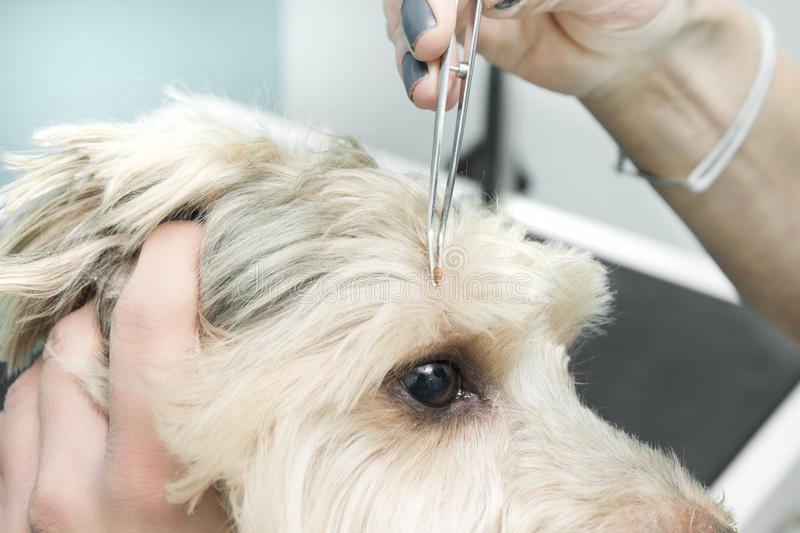
Dogs
What Are Ticks and What to Do About Them
The summer months are fun times to take your dogs hiking and outdoors. Although flees and ticks pose a problem for pets all year, however your pet is more susceptible during the warmer summer months to get flees and ticks. These pests can infect your dog as early as March and predominate through September in certain warm climates. Tick season can extend longer in warmer areas.
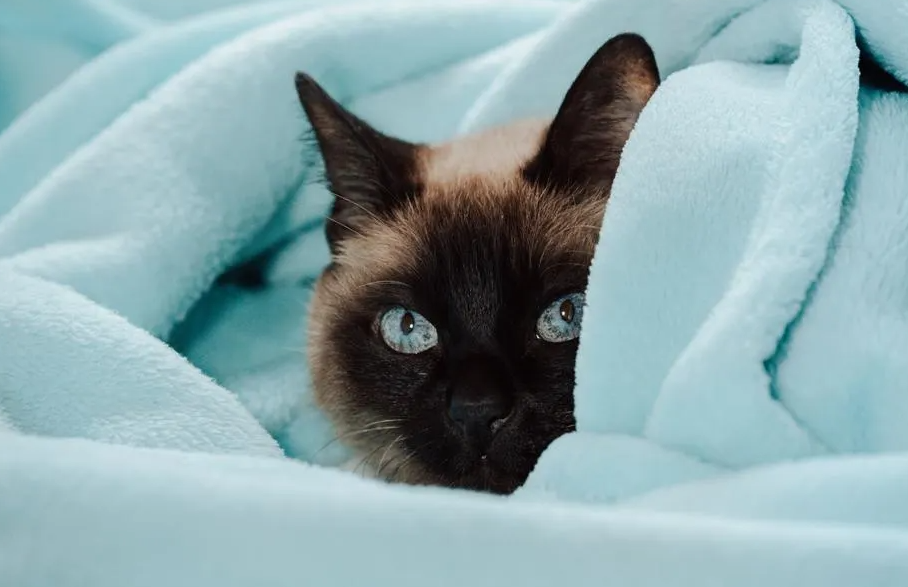
Cats
Dehydration in Cats
Cats from their origin are not particularly good drinkers. Thus, they are primarily subject to dehydration. It occurs mainly when your cat loses the required water and electrolytes from its body for proper bodily function. Loss of water between five to ten percent is considered moderate, while over ten percent is estimated severe.
Dehydration is fatal and requires immediate rectification of the condition through proper veterinary treatment. It may occur simply from inadequate access to water, but it could also be a symptom of a larger problem building in the cat's body. Let's learn more about dehydration in cats and how to recognize the signs.
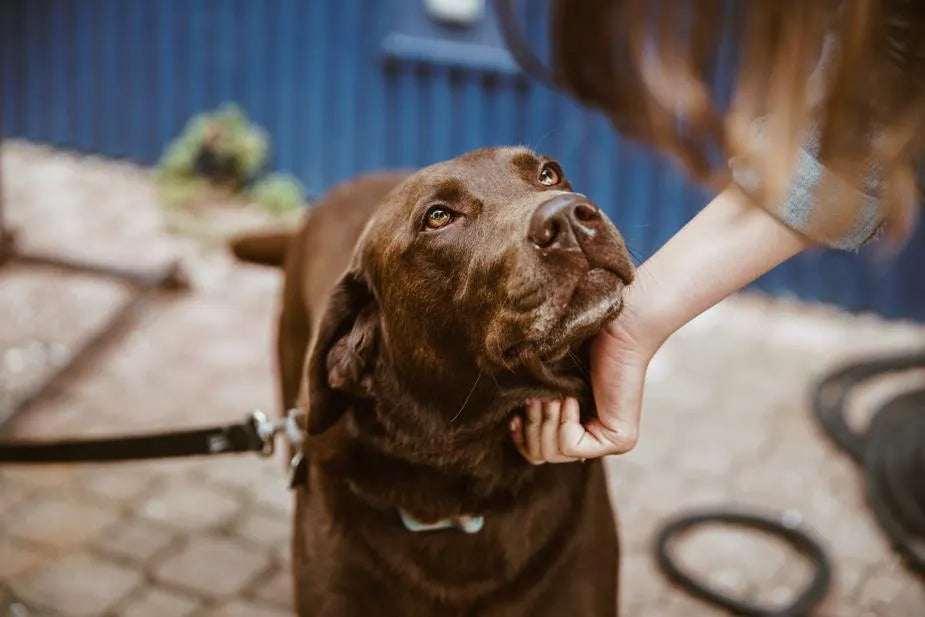
All Pets
Positive Mental Health Effects of Pets
The bond between humans and animals has been valued for centuries, with research consistently highlighting the positive impact pets have on mental health. Pets provide companionship, reduce loneliness, and promote a sense of joy for people of all ages, showing that pets and mental well-being are closely connected. Service animals, in particular, bring joy and unconditional love, significantly boosting emotional health. Here’s how caring for a pet can help relieve anxiety, lower stress, and improve overall mental health.

Dogs
Why is My Dog Vomiting and What to Do?
Have you been through days when your canine friend throws up? Can you recall a time when your dog vomited got you worried? Do not worry. It is common for dogs to puke. Overeating and unhealthy human food are some of the reasons that cause dogs to vomit. However, as a pet parent, you must not ignore the signs of acute vomiting in dogs that can lead to serious health issues that require medical attention. We bring you an essential guide to help you understand your dog’s health so that you can investigate and get the vet’s suggestions when needed. Learn more about the causes of vomiting in dogs and home remedies to relieve dog vomit.

Dogs
What Does My Dog's Poop Say About His or Her Health?
Having a dog means regular scooping of poop. It is important to pick up your dog poop from in and around your surroundings. It is not just essential for the cleaning purpose, but its color, consistency, and smell also indicates your dog's health. Dog poop provides a lot of information about what is going on in its body. Thus, it is vital to examine it while picking it up. Understanding your dog's health can help prevent many health issues that might come your pets way. Here is a little chart prepared by the experts to help you understand what your dog's poop is telling you. So without further ado, let's get into the article below.
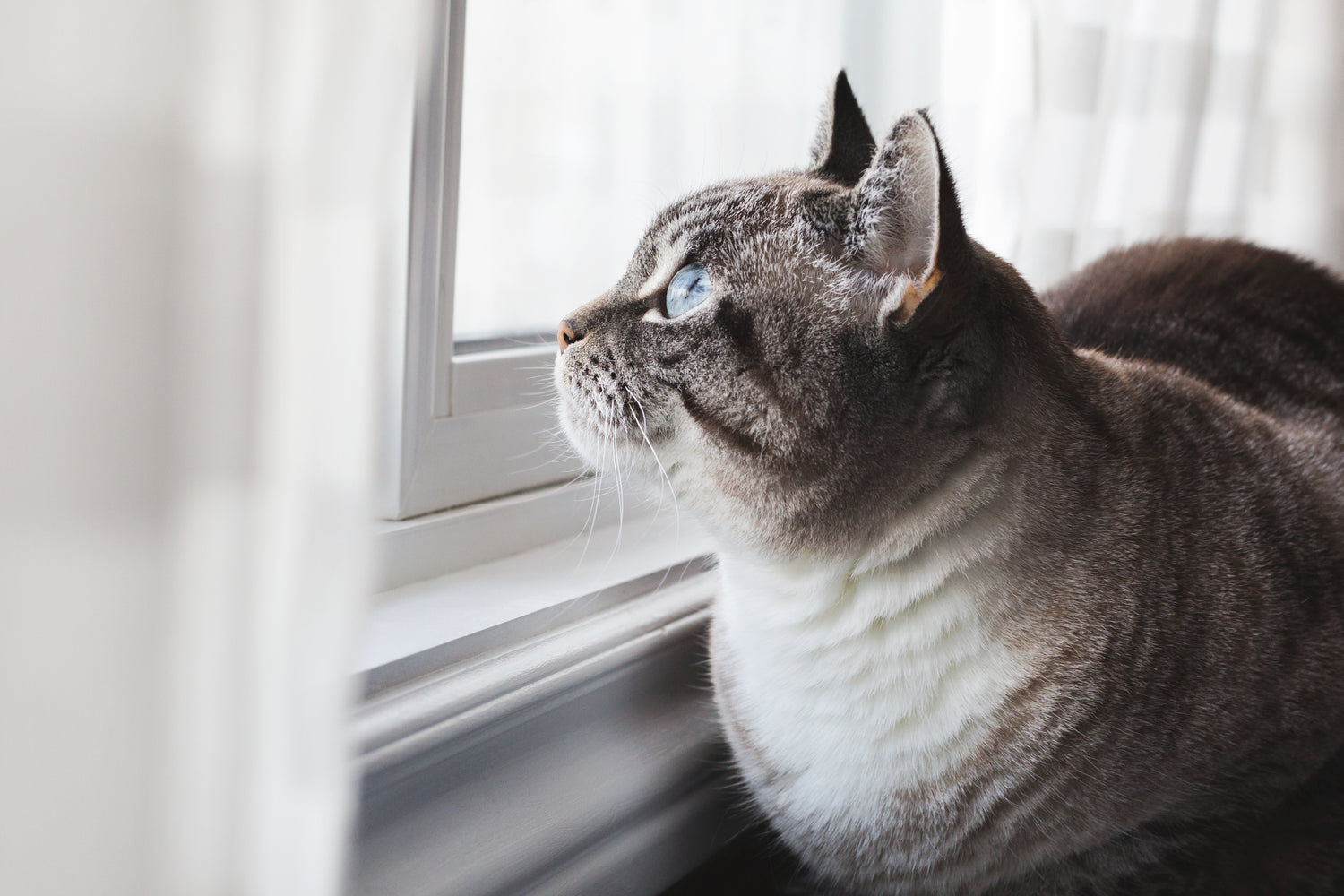
Cats
13 Facts About Cats
Cats are mesmerizing creatures that exude some unusual vibes. No wonder, they are known for their mysterious personalities and beautiful features. Their adorable looks, unconventional habits, and astonishing aura surely make them a noteworthy creature. Cats have captured millions of hearts with their purr and dotting eyes. Almost everyone in life has either owned a cat or want to own a cat. However, there is so much more to these felines than just their attractive features and curious personality. There are some facts associated with cats that are strange yet sweet. We live in oblivion that we know everything about the cats. However, there are some facts about cats that will just blow your mind. From their habits to their nutrition, every cat lover must know these facts.
Therefore, we bring you 13 amazing facts about cats that will help you understand your cat better. Here we go!

Cats and Dogs
5 Benefits of Fish for Dogs and Cats
Nibbs Club brings you the wholesome goodness of fish in healthy snacks for your dogs and cats. The benefits of fish treats can be found in their nutrition value and more. It is important for us to not only provide nutritious healthy dog and cat treats but also food that is scrumptious and yummy so that they just come right back at you smelling that tasty food. Fish has innumerable health benefits not only for humans but also for cats and dogs. Fish enhances the overall well-being of canines and felines. Omega-3 fatty acids are found in abundance in Salmon and Tuna fish and their benefits are humongous. Keeping in mind the imperativeness of the immune system in pets, we make fish dog treat and fish cat treat which is enriched with protein, Omega-3 fatty acids, and vitamin D.

Dogs
13 Facts About Dogs
It is always a paw-fect moment when we are surrounded by our loyal furballs. Yes, they are our loyal companions, friends, and favorites. The feeling of having dogs around cannot be described in mere words. Dogs instantly become our family and so much so that they literally cheer us up when we are sad or angry. They lift our mood in just seconds. It is just like they know some kind of magic that really works on everyone. Dogs certainly fill our lives with joy and happiness. Life without dogs is difficult to imagine. They make us forget about our worries and lowers the stress. Yes, this is one of the amazing facts about dogs that you might not be aware of. However, there is not just one fact about dogs.

All Pets
Advantages and Disadvantages to Having a Dog or Cat
When thinking about getting a pet, it is important to weigh the benefits and drawbacks of adding a member to the family. Each household or individual has circumstances that need to be taken into consideration. Here are our top advantages and disadvantages to having a dog or cat in your family.

Dogs
10 Things to Know About A Healthy Dog Diet
A popular question among pet owners is “What diets are healthy for my dog?”
There are several diets, and good quality dog treats available out there, all formulated based on medical needs, size, breed, energy levels and age. Determining which is best for the overall well-being of your four-legged pet can be sometimes herculean. Some dog owners opt for dry food because it's easy to store and less smelly, while others choose wet food to conceal dog medications and improve hydration.

Dogs
5 Ways To Train Your Dog To Walk On a Leash Without Pulling
Dogs inherently walk faster than humans and will want to stray from the side of the owner because of the interesting smells, sounds, and sheer excitement of the environment. But dog parents don’t want every walk to become a game of tug-of-war. The pulling game makes walks stressful, tiresome, and less desirable for every member of the family. You want a nice loose leash with slack and no tension from their pull. Let’s learn 5 ways to train your dog to walk on a leash without pulling.

Dogs
4 Last Minute DIY Halloween Costumes for Dogs
Enjoying the holidays with the family and creating memories is what it is all about. There is no need to buy an elaborate costume for your four-legged best friend when it is more fun to make the costume. Here are our 4 last minute DIY Halloween costumes for dogs.
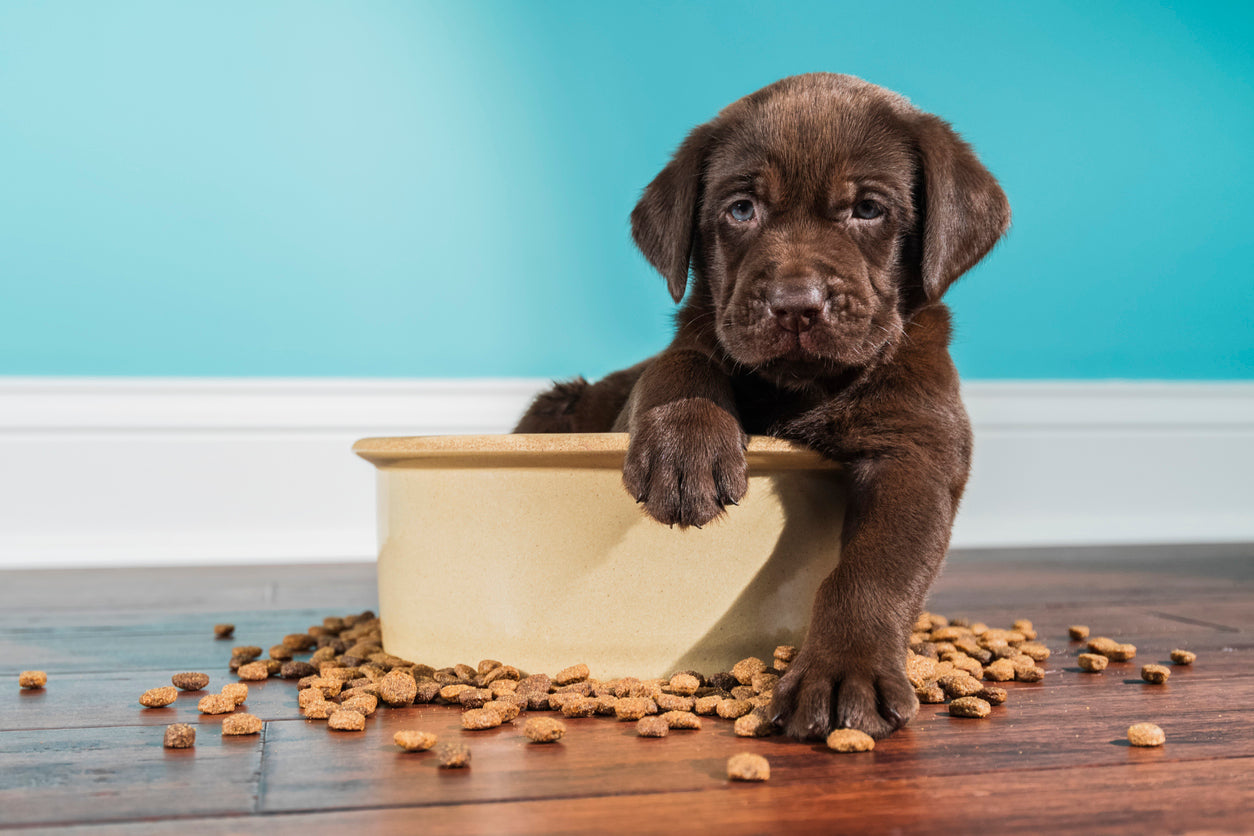
Dogs
10 Tips for A Beginner’s Guide to Dog Food and Treats – Diet and Nutrition
Some of us are new dog owners and some have had several fur babies. None the less, it is difficult for us to choose and know what is best on the market for our dogs. The selection is vast and the trends have huge followings. We have gathered information from veterinarians and experts in our efforts to be better dog parents.

Dogs
When to Give Healthy, High Fat Treats to Your Dog
Most of us dog parents feel satisfied when we can bring joy to our pup in the form of a nibble of treat. But what are healthy options and how do we discern which is good for our pet. As obesity rises in the American population, so does weight gain in our canine partners. The leading cause of overweight dogs is attributed to over feeding, not enough exercise, too many snacks and treats, and underlying health problems. Once we understand what we are feeding our pets, we can control the weight and contribute to the health of man’s best friend.

Dogs and Cats
Puppy Potty Training and Kitty Litter Training
Potty training your puppy and kitty litter training doesn't have to be a painstaking process. More than often, staining and soiling the home leads many dogs and cats to being sheltered. The lack of thorough training has translated to disobedience. The stress of house-training is disappointing for parents and their pets. The best way to set you and your pet up for a happy life together is to have all your tools and techniques ready for success.
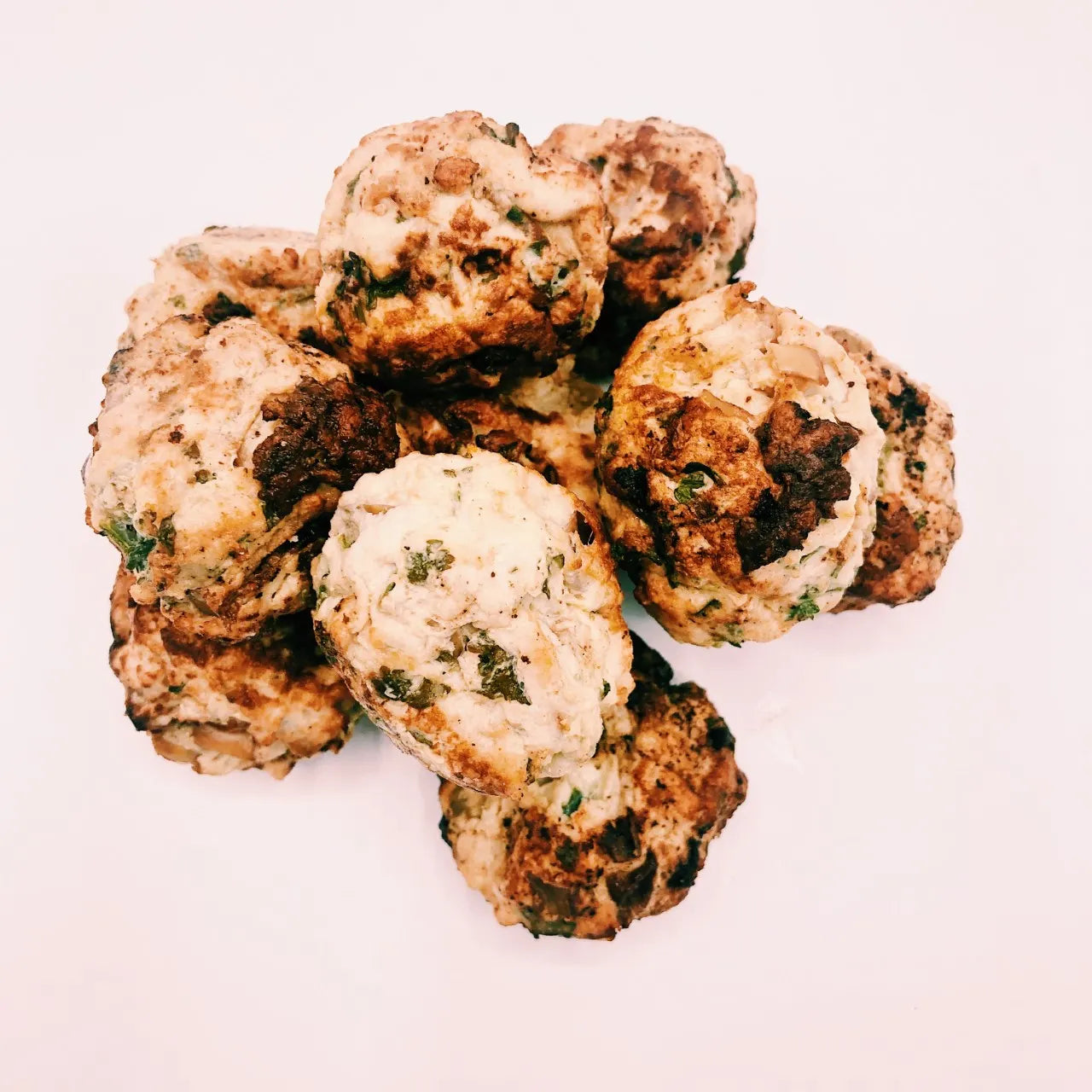
Dogs
3 Things To Know About Low Fat Dog Treats
Many of us hooman family members might wonder why it is important for our pups to have low fat dog treats? Are pet parents excessive for counting the calories of their pups and not letting them live their best life? And some parents might ask what’s wrong with a pudgy puppy? Learn about the importance of healthy snacks for your dogs.

Dogs and Cats
5 Essentials for a Pet First Aid Kit
As an owner of a dog, cat or any pet, it is important to have a few items in case of a pet emergency. Consider these supplies when making your checklist at home.
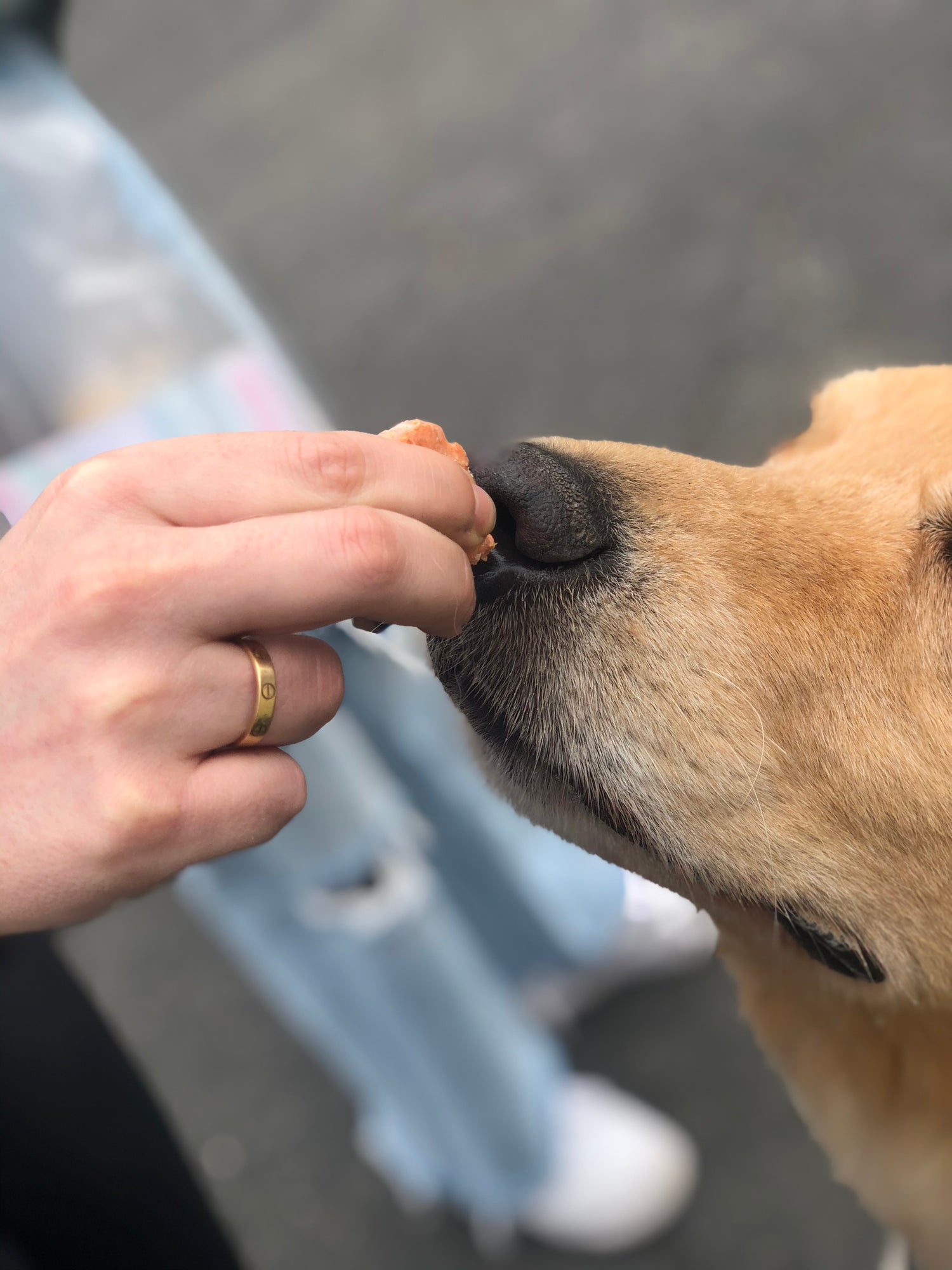
Dogs
How to Get Your Dog to Take Their Medication - Pill Pocket Dog Treat
From getting them to take their supplements to treating a condition, it can be a battle to get your dog to take their medication. We have tried numerous tricks to lure them to swallow their pills. The one trick that they haven't managed to outsmart is the pill pocket dog treat. Stuffing the medication in a dog treat tempts their canine senses.
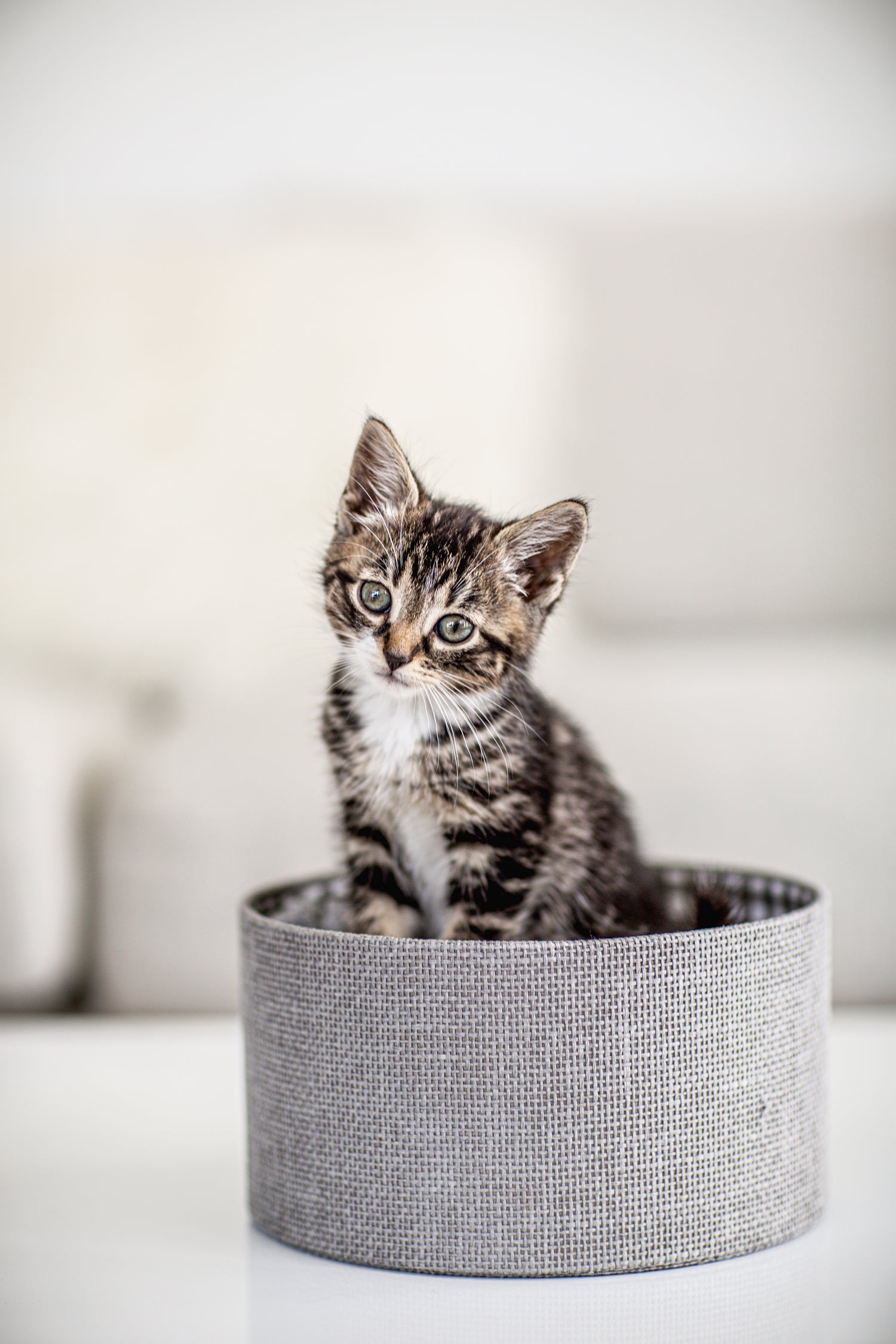
Cats
5 Tips for a New Cat Owner
Maybe you have never owned a pet or just want to keep learning so you can be a better cat mommy or daddy. It is a big responsibility but one you can wear with honor. These 5 tips for cat care can help you to a new start.

Cats and Dogs
Socializing Pets and Children
Researchers say that it is important for the mental and physical development of children and pets to be socialized with one another. Why and how do we go about socializing pets and children?

Cats and Dogs
How to Find Pet Friendly Apartments
Finding apartments that are pet friendly are a tall order for pet owners. Not only are you looking to meet your needs, but there’s a checklist of questions for your furry friends. Here are some important factors to consider when apartment hunting with a pet.

Dog
Becoming a Dog Parent - Puppy Adventures with Vera
If you’re like me, you’re winging it with your first dog. Sure, you research when you need to, but otherwise you’re relying on a gallimaufry of guesses, hunches, half-recalled pieces of bad advice, theories gleaned from TV, scraps of overheard conversations, and, of course, expectations.
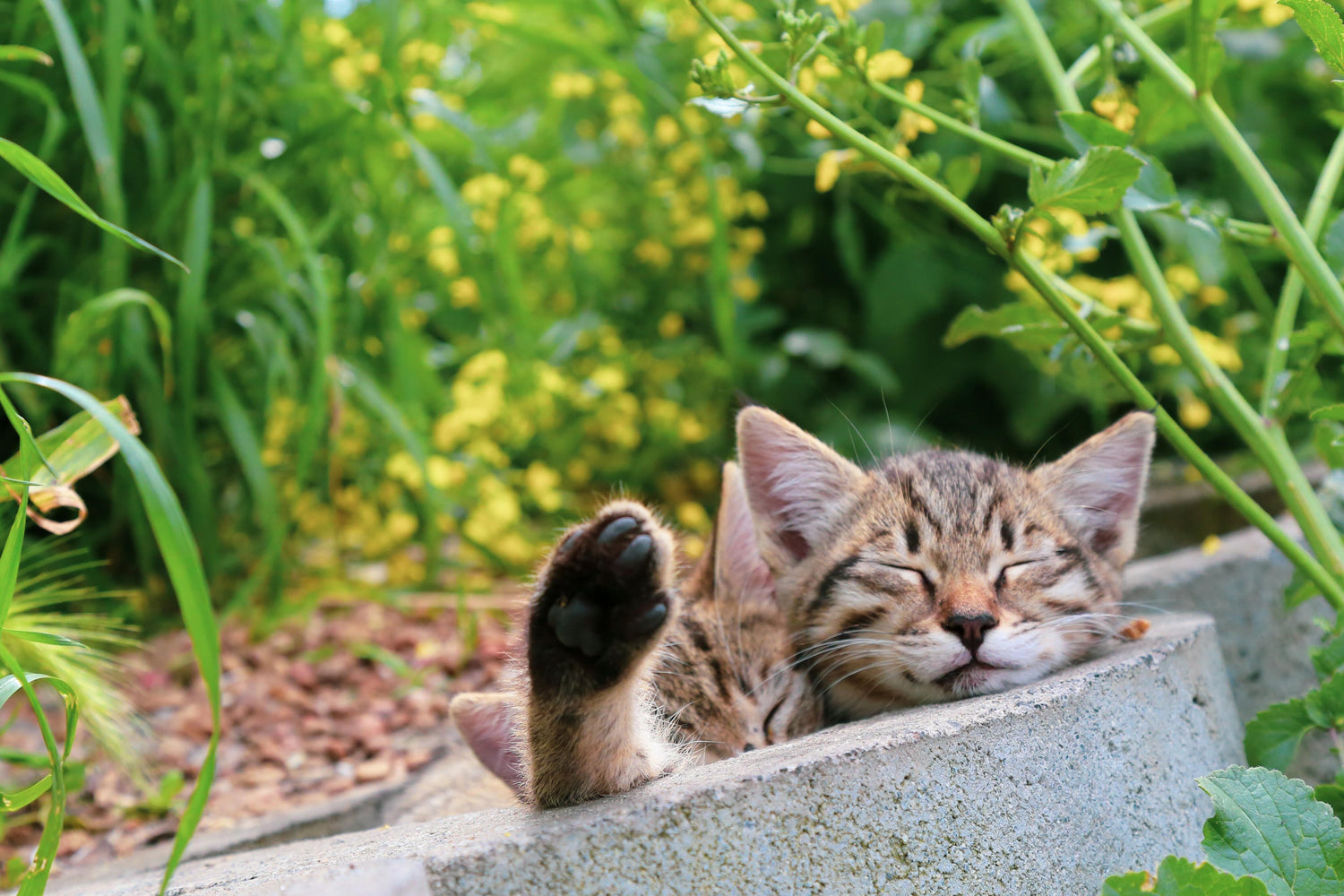
Cats
What is Catnip and What You Should Know
I grew up with many dogs and constantly asked my parents to foster any dog I found until we got them forever homes. My exposure to cats were limited to those I saw at the shelters. This all changed as I was given the honor of cat sitting when my friend left for Christmas vacation for a few weeks. I had to learn the basics of cat care fast to ensure that my friend would return to a happy home. I tried several cat toys and treats and finally came across catnip.
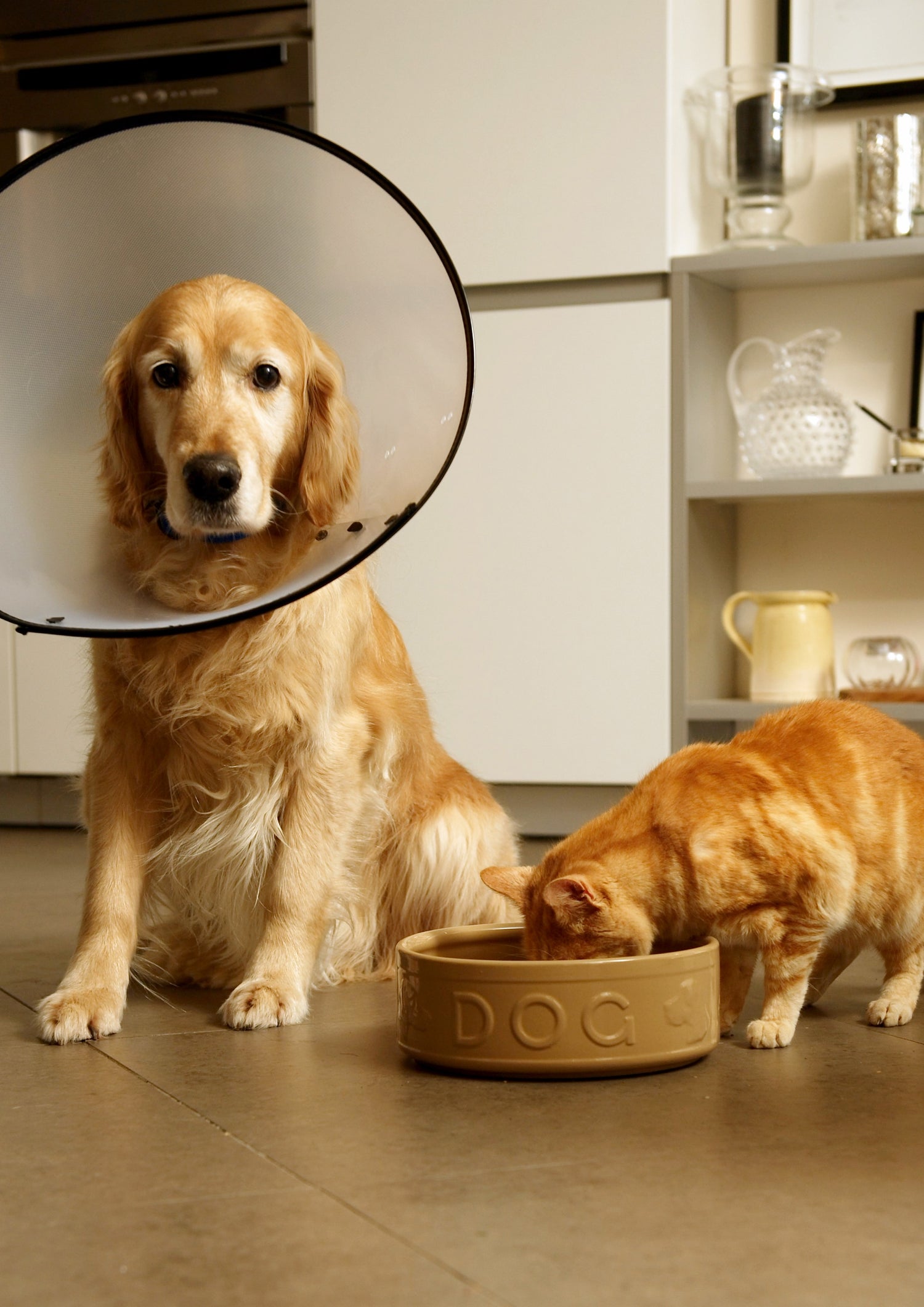
Dogs and Cats
Basic First Aid for Pets
Basic first aid procedures is not a substitute for veterinary care. However, it can save your pet’s life before you get to a veterinarian.
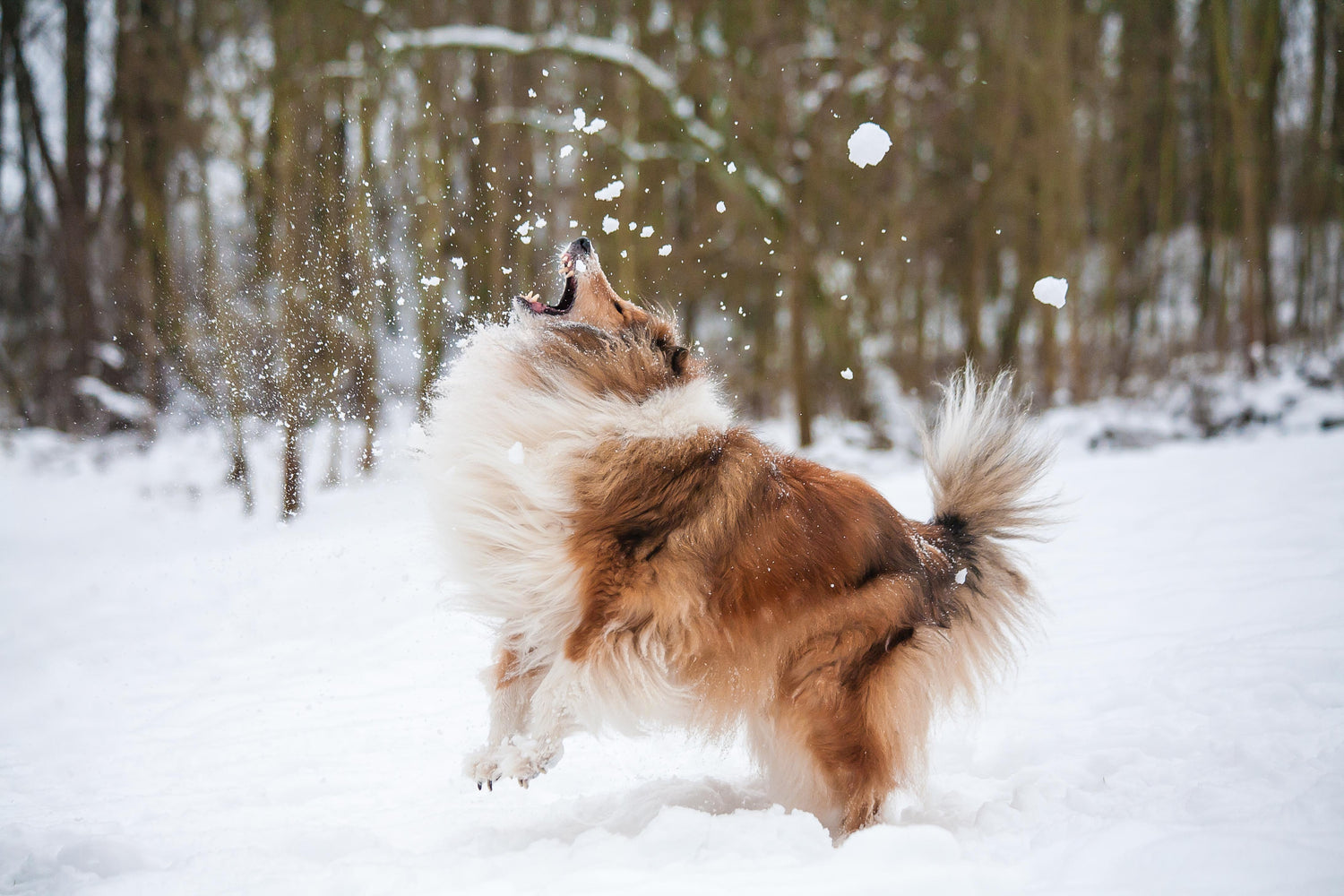
Dogs and Cats
5 Things to Remember About Pet Care During Winter
As the winter months are upon us, it is important to consider a few tips to keep our pets warm and healthy. Whether they have short or long hair, the lower temperature could put them at risk for frostbite or hypothermia.

Dogs
The Super Ingredient for Dogs - Coconut
A little of this key ingredient goes a long way. Coconut juice, meat, and oil is proving to boost the digestive, immune, and metabolic system of your dog. We at Nibbs Club, try to incorporate this rich ingredient into our healthy dog treats.
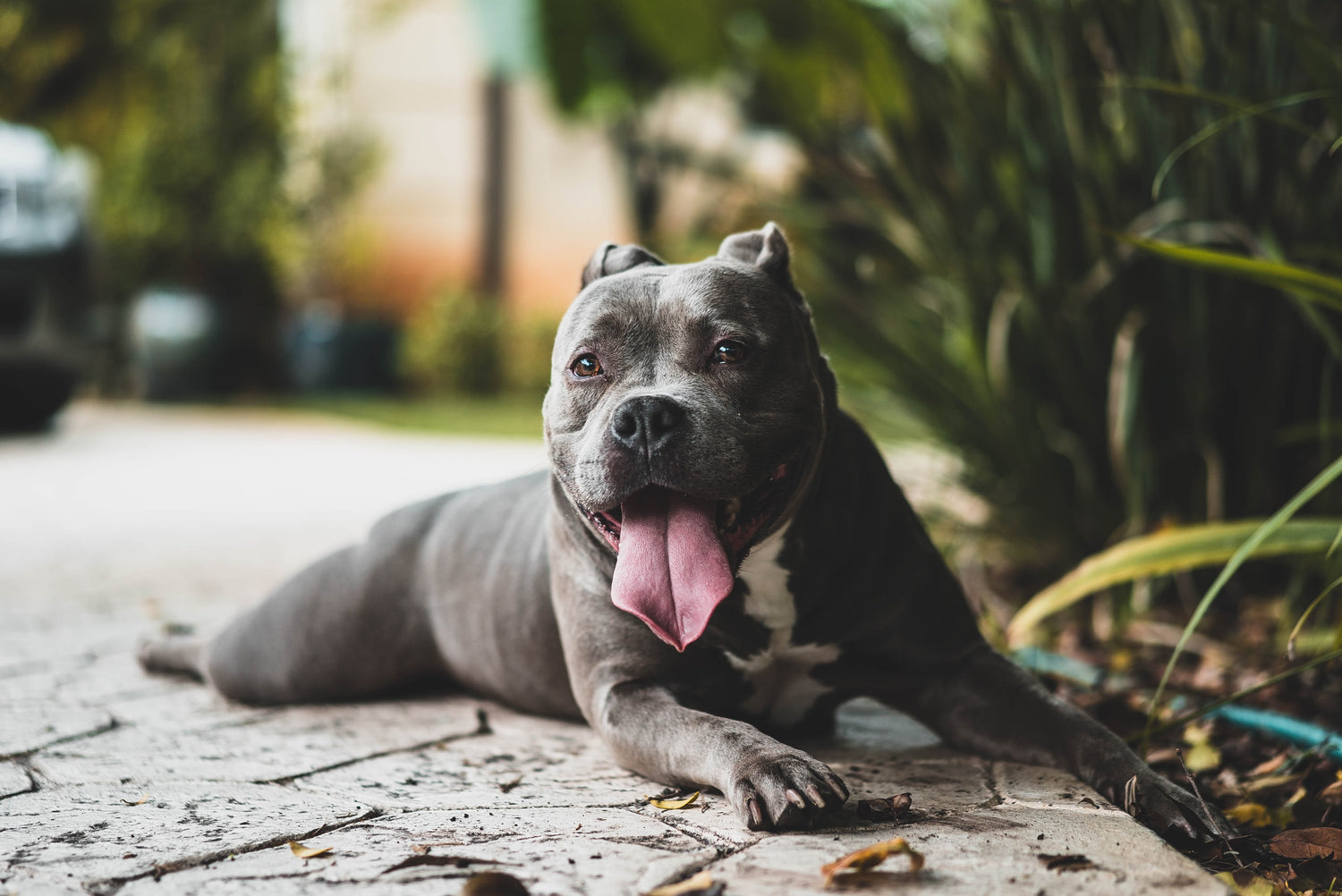
Dogs and Cats
5 Ways to Keep Your Pet Cool During the Summer
Summer, kids and adults alike all bask in the sunshine and frolic the beaches during this liberating season. But our pets at home experience summer differently. Although their life of naps and meal breaks seem luxurious, they fail to tell you how excruciating the heat is.
Nibbs Club has consulted experts and put together a few simple things to help you keep your pet cool during the summer!

Dogs
Easy 3 Ingredient Dog Treat Recipes To Make At Home For Your Dog – Homemade Pupsicles For Summer
Summer days are filled with picnics, beach trips, vacations, and refillable cold beverages. But the heat of the summer months are also inflicted with blaring temperatures and coasting indoors in an AC environment. Mid-day hours during heat waves could be miserable.
It is even more taxing on our pets who cannot express their discomfort. Keep your pets in the shade and in a cool environment are a few of the easy tactics for your dog to chillout. We have some fun and easy recipes you can throw together at home for your pet to keep them relaxed during the hot summer. These homemade dog treat popsicles do not require anything fancy and can be whipped up within minutes.
Nibbs Club has consulted experts and put together a few simple things to help you keep your pet cool during the summer!
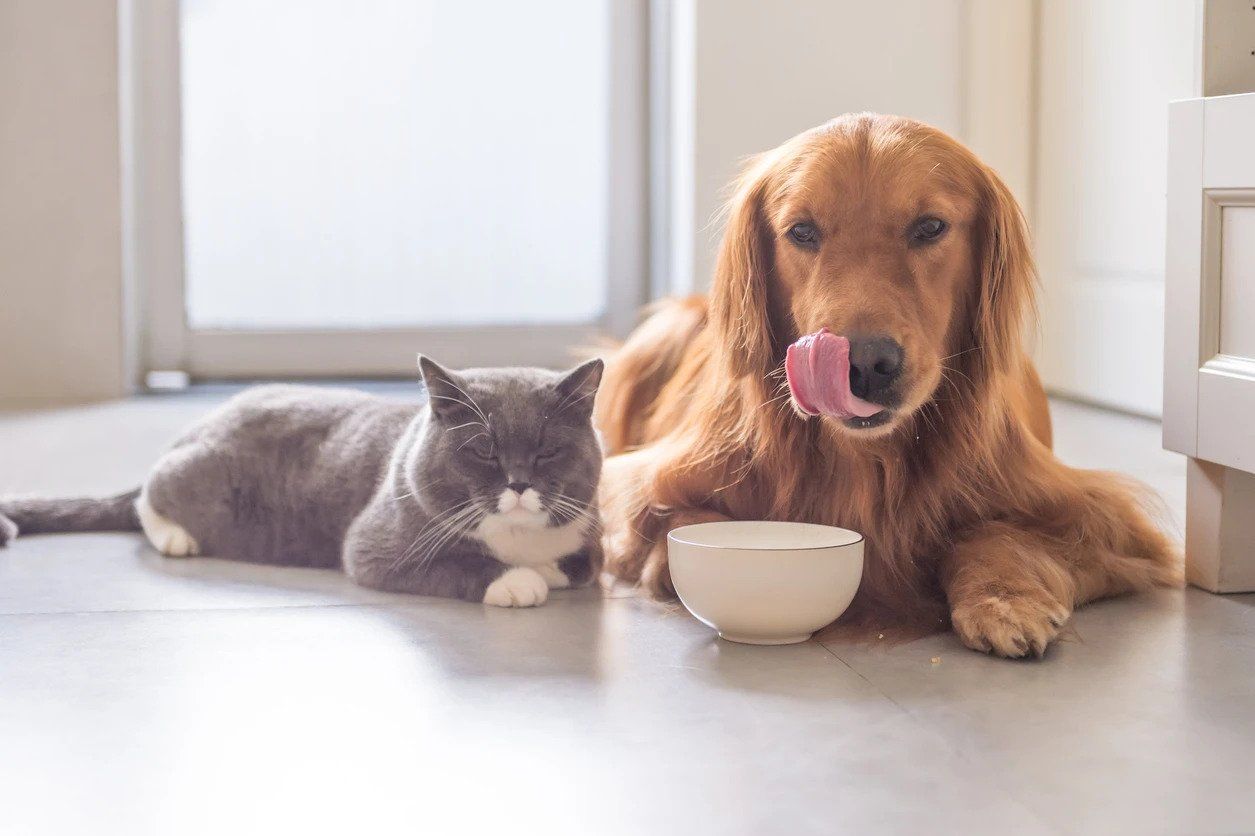
Dogs and Cats
3 Things to Know About Grain-Free Dog/Cat Food and Treats
Pet food is catering to the many types of owners' vetted diets. You can find sections of vegan, gluten-free, dairy-free, and to the ever popular grain-free selections of food and treats. Owners are taking an assertive stand to provide their best friends with the best nutritional value. But what are the pet food claims to grain-free and if dog owners need to be weary about this ingredient sneaking into their dog's diet?
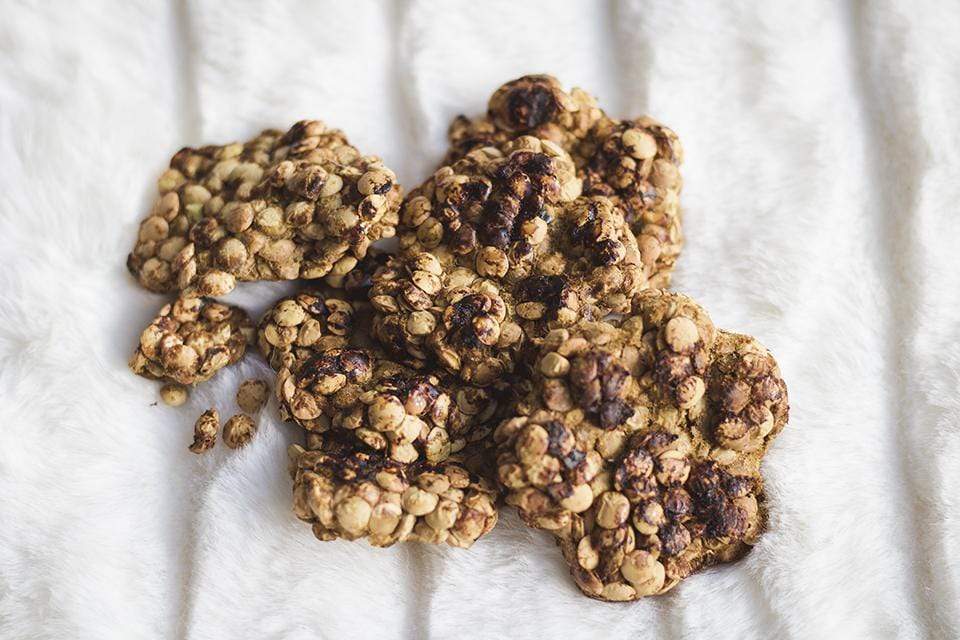
Dogs
Vegan Dog Treats
Why is Nibbs Club integrating these fruits and vegetables into our dog treats? These ingredients will provide the necessary plant-based vitamins and minerals. Feeding your dog broccoli, sweet potato, lentils, and apples as a treat not only tastes great, but is loaded with nutritional value. In moderation, the fruits and vegetables will enhance your dog’s journey towards health.
catnip
What is Catnip and What You Should Know
What is Catnip?
Catnip is an herb from the mint family. The active ingredient in the stems and leaves of catnip is called nepetalactone. When a cat sniffs catnip, it acts as a stimulant and the cat will seem “high”. When a cat eats catnip, it acts as a sedative. The effects of nepetalactone lasts for about 10 minutes.
Is Catnip Safe?
Catnip is safe. If too much catnip is consumed, the cat will vomit and have diarrhea. However, they will return to normal within a few days. For years, humans have also used catnip as a mosquito repellent.
What Happens to a Cat After Eating Catnip?
Not all cats are affected by catnip. Some cats roll around and are hyperactive while some are unaffected by catnip at all. The inherited sensitivity to catnip emerges when cats are several months old.
How Often Should Cats Have Catnip?
To maintain sensitivity to catnip, cats should not be given catnip more than once every 2-3 weeks. The limited exposure will prevent habituation.
What the cats taught me quickly was that they are extremely self-sufficient. They knew when they had too much to eat. They stopped eating the catnip and treats when they had enough. They are the lone cowboys of the pet kingdom who likes to roam around on their own and return when they need something. Cat sitting allowed me to find a deep respect for our intelligent and sassy feline friends.
